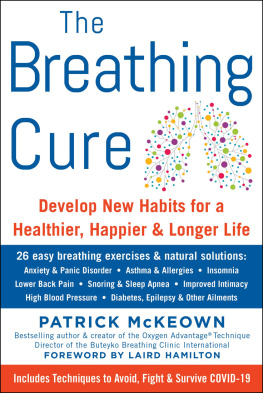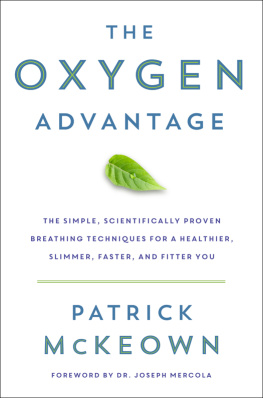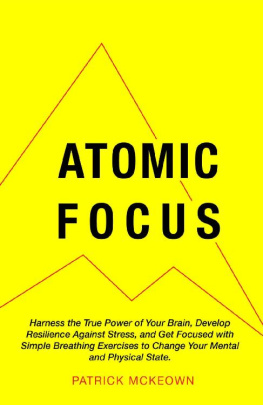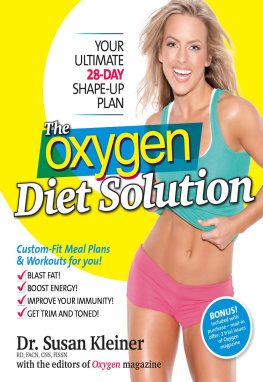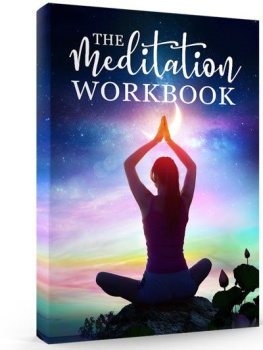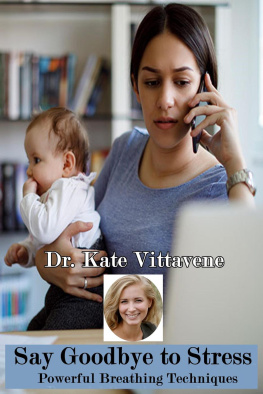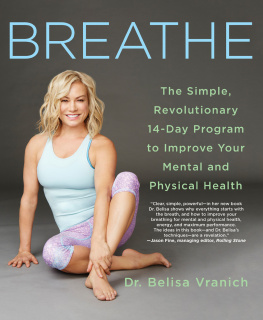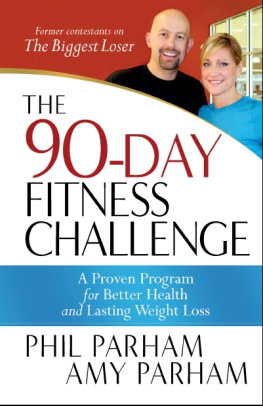
This book is dedicated to all my students and readers who continue to graciously spread awareness of this work. To my late father, Patrick, who encouraged me to see things differently. And to my mother, Teresa; wife, Sinead; and daughter, Laurenthank you for your beautiful smiles.
It isnt the mountains ahead to climb that wear you out;
its the pebble in your shoe.
M UHAMMAD A LI
Contents
Guide
Some Important Guidelines Before We Begin
A lthough the Oxygen Advantage program is perfectly safe for the vast majority of people, part of the program includes powerful exercises that simulate high-altitude training and would be similar to performing high-intensity exercise. Just as high-intensity exercise is suited only to individuals with reasonably good health and fitness, those with any medical issues should refrain from practicing any of the exercises that simulate high-altitude training. (These exercises include the Nose Unblocking Exercise and any that simulate high-altitude training.)
If you are pregnant, this program is not suitable. For those with high blood pressure, cardiovascular disease, type 1 diabetes, kidney disease, depression, or cancer, it is advisable to practice only nasal breathing and the more gentle exercises, including Breathing Recovery and Breathe Light to Breathe Right, during rest and physical activity until these conditions are resolved.
If you have any medical issues then you should follow this program only with the consent of your medical practitioner. For further information, please visit OxygenAdvantage.com.
I t has been well documented that those who live at higher altitudes tend to live longer. The precise mechanism behind this is not known and could be a result of several factors. However, one of the leading candidates for this explanation is a reduced pressure of oxygen at higher altitudes.
Research is very clear that calorie restriction extends life span. But another nutrient many of us dont frequently consider is oxygen. Just as excess calories can cause metabolic damage, excess oxygen can also prematurely damage your tissues through the generation of excess free radicals. These are highly reactive and destructive molecules that cause damage to the fats in your cell membranes, proteins, and DNA. Free radicals are generated by the normal breakdown of oxygen during metabolism. We all create a certain amount of free radicals through the very act of breathing, and incorporating breathing exercises designed to maintain a healthy breathing volume seems to be an effective strategy to keep your oxygen at an optimum level, and thus minimize free radical damage.
Additionally, altitude training is a tactic many elite endurance athletes use to gain a competitive edge. One way of tapping into your bodys natural resources is to purposefully expose yourself to reduced oxygen intake for a short period of time. This will improve your bloods oxygen-carrying capacity and also increases the maximum volume of oxygen that an athlete can use, known as your VO2 max.
Of course, most of us live our lives close to sea level and do not achieve this benefit. But there are simple strategies that will allow you to access the benefits of living at a high altitude with reduced oxygen intake: keeping your mouth closed while you are breathing and practicing the various exercises outlined in this book. This is a challenge during intense exercise due to air hunger, but this is when most of the benefit actually occurs. I have personally implemented the information in The Oxygen Advantage during my high-intensity workouts. It took me several weeks to make the transition to breathing through my nose the entire time, but once accomplished, breathing became a far more efficient process for me.
Many may know that I am a major fan of using simple, inexpensive lifestyle changes to avoid expensive and dangerous medications and surgery. The strategies in The Oxygen Advantage are tools that I believe should be included in your health habit arsenal. There simply are no downsides that I can identify, and there are massive upsides. I personally use this program and would strongly encourage you to apply it in your life so you can reap the rewards.
W e can live without food for weeks and water for days, but air for just a few brief minutes. While we spend a great deal of time and attention on what we eat and drink, we pay practically no attention to the air we breathe. It is common knowledge that our daily consumption of food and water must be of a certain quality and quantity. Too much or too little spells trouble. We also recognize the importance of breathing good-quality air, but what about the quantity? How much air should we breathe for optimum health? Wouldnt it be fair to surmise that air, even more important than food or water for human survival, must also meet basic requirements?
The quantity of the air you breathe has the potential to transform everything you thought you knew about your body, your health, and your performance, whether youre a pre-athlete just trying to get off the couch, a weekend warrior running an occasional 10K, or a professional athlete in need of a game-changing edge over your competition.
You may wonder what I mean by quantity. After all, air isnt exactly something you can binge on at the kitchen table late at night, or take too many swigs of over the weekend. But what if, in a certain sense, it was? What if healthy breathing habits were just as important as healthy eating habits in fostering maximum fitnessor, in fact, even more so?
In this book you will discover the fundamental relationship between oxygen and the body. Improving fitness depends on enhancing the release of oxygen to your muscles, organs, and tissues. Increased oxygenation is not only healthy; it also enables greater exercise intensity with reduced breathlessness. In short, you will be able to discover better health and fitness as well as better performance.
If you do compete, youll also enjoy your training and competition more than ever, because youll be able to achieve more with less effort. Overall fitness and sports performance is usually limited by the lungsnot by the legs, the arms, or even the mind. As anyone who engages in regular exercise knows, the feeling of intense breathlessness during sporting activity dictates exercise intensity far more than muscle fatigue. The foundation of enjoying and improving physical exercise, therefore, is to ensure that breathing is optimally efficient.
Chronic Overbreathing
Scientific research, as well as the experience of thousands of people I have worked with, has shown me the vital importance of learning how to breathe correctly. The problem is that correct breathing, which should be everyones birthright, has become extremely challenging in our modern society. We assume that the body reflexively knows how much air it needs at all times, but unfortunately this is not the case. Over the centuries we have altered our environment so dramatically that many of us have forgotten our innate way of breathing. The process of breathing has been warped by chronic stress, sedentary lifestyles, unhealthy diets, overheated homes, and lack of fitness. All of these contribute to poor breathing habits. These in turn contribute to lethargy, weight gain, sleeping problems, respiratory conditions, and heart disease.
Our ancestors lived on a natural diet in a far less competitive environment and physically worked hard, a lifestyle conducive to maintaining an efficient breathing pattern. Compare that to modern-day living, in which we spend hours slouched at a desk on computers and talking on phones, surviving on a rushed lunch of convenience food, trying to manage a seemingly neverending series of tasks and financial obligations.
Next page

